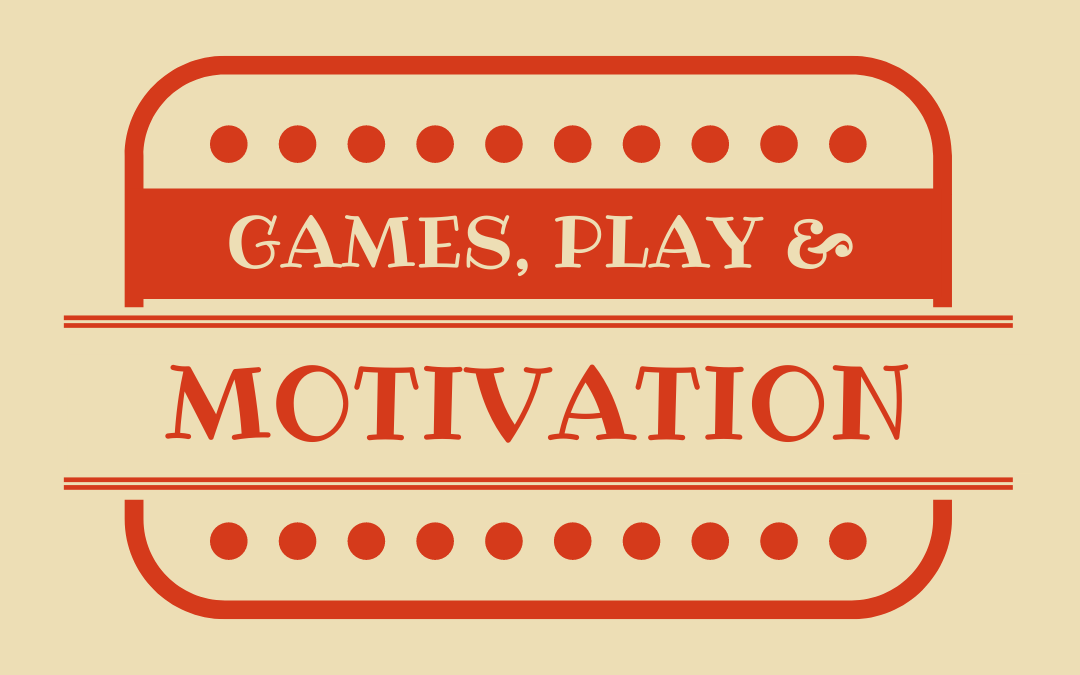Curated by Stephen P. Anderson, an internationally recognized speaker and consultant based out of Dallas, Texas. He created the Mental Notes card deck, a tool that’s widely used by product teams to apply psychology to interaction design. He’s also of the author of the book Seductive Interaction Design: Creating Playful, Fun, and Effective User Experiences, which answers the question: “How do we get people to fall in love with our applications?” Between public speaking and project work, Stephen offers workshops and training to help organizations manage creative teams, create interactive visualizations, and design better customer experiences.
We can learn so much about human behavior by how people play. Unfortunately, we’ve settled for using operant conditioning and mental hacks in an effort to guide users toward predetermined outcomes.
But what else is known about motivation? And what happens if we focus less on influencing desired behaviors and focus more on designing open-ended, generative systems? How might we even design such spaces? It’s still “psychology applied to design,” but in a much more challenging, and ultimately much more rewarding, way!
Are you designing Paths or Sandboxes? That’s the question I pose in this keynote, using two famous games – Candy Crush and Minecraft – as exemplars for two fundamentally different ways to approach design. It’s through this talk that I share my personal journey, from trying to shape and influence a user’s path, to creating sandbox environments in which people can play, amaze, and delight us.
Try to identify other experiences that might be classified as sandboxes. How does a sandbox still use psychology to influence behaviors? How is the use of psychology different for paths vs sandboxes? Also, consider how you might apply the “practical takeaways” to your work.
In this 2012 keynote, Sebastian Deterding brings a deep and academic perspective to the topic of games and play. A deconstruction of the promise and disappointment of “gamification,” Deterding mixes philosophical musings with plenty of examples and pop references. You’ll hear echoes of “Paths” and “Sandboxes” as Deterding explores the ancient ideas of “Ludus” and “Paidia” before moving onto more serious questions: “Can life be a game? Should it? And if so, who is playing whom?” This is one of the most thoughtful, well-considered, and clearly articulated talks on games and play that I’ve seen.
Like any thoughtful talk, this one will leave you thinking about Life and the lessons games may truly hold for us.
In this keynote from GameIt13, Amy Jo Kim, PhD looks at how video games are changing, from the zero-sum, competitive games we’re all accustomed to, to something more “co-operative.” While many of the examples Amy Jo Kim shares are proper video games, her 7 Rules of Cooperative Game Design could be applied to the design of just about any social space.
How might you apply these 7 rules to your project?
This classic TED talk by Daniel Pink, illustrated by RSA, presents the latest research into motivations. While it doesn’t explicitly talk about games, it does get to the heart of why we pursue things and explains why and how extrinsic rewards can be harmful.
Interested in learning more? Pick up Dan Pink’s book “Drive” or look for articles on “Self Determination Theory.”
In this wonderful talk from 2008, Kars Alfink looks at skateboarding, video games, and numerous other examples to illustrate the benefits of designing with “a playful stance.” Rather than attempt to control users, Alfink has decided to embrace the unexpected that users will do.
After reading, consider how you might “underspecify” something you’ve designed to encourage playful behaviors.
There is so much goodness in this brilliant masterclass. While not about games per se, notice how Kathy Sierra echoes similar themes as the previous talks, explicitly warning against the use of extrinsic rewards. Instead of making awesome apps, Sierra challenges us to make awesome users.
Take her challenge and write out what people will say about themselves because of what you’re building.
Other Product Psychology Lessons
- Building Community Starts with Understanding People
- When Persuasion Becomes Deception
- Mastering Pricing Principles
- A Handy Behavioral Design Toolkit
- Onboarding Matters – Getting Users Engaged in your Product
- Dual Process Theory: Is Your Product the Elephant or the Rider?
- Web Psychology – The Science of Online Persuasion
- Developing User Empathy with Design Sprints
- Want To Be A Game Psychologist? What You Need to Know
- How to Do Effective User Research
- Context Driven Design (The “Context Effect”)
- Writing Copy for Your Reader’s Brain
- Designing Habit-Forming Products
- Games, Play, and Motivation
- How Scarcity & Impatience Drive Irrational User Behavior
- Should You Listen To Your Users or Your Data?
- Emotional Engagement – Designing with the Heart in Mind
- Product Psychology: The 3 Things Everyone Should Know About

